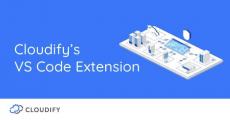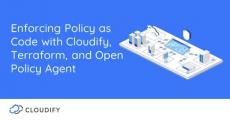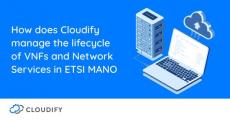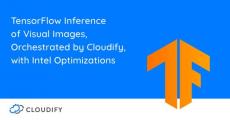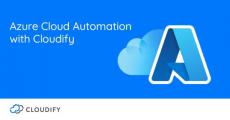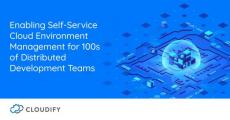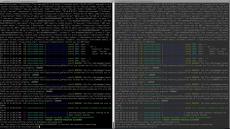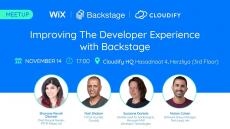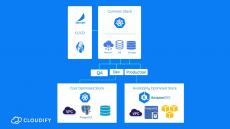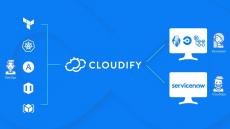- June 2023 (4)
- March 2023 (1)
- February 2023 (3)
- January 2023 (1)
- December 2022 (9)
- November 2022 (12)
- October 2022 (9)
- September 2022 (9)
- August 2022 (6)
- July 2022 (1)
Cloudify is an Open Source platform featuring a powerful service composition engine with out-of-the-box integrations for all cloud environments and existing toolchains. Manage heterogeneous cloud environments at scale, and bridge the gap between DevOps and IT-SM processes.
Organizations scaling their cloud operations are realizing that current DevOps tooling is slowing them down significantly. Cloudify removes such blockers by integrating and enriching existing automation and DevOps tools while keeping the infrastructure future-proof, featuring limitless integration to API-based DevOps tools and built-in support for cloud native services.
Introducing a Unique Environment as a Service (EaaS) Technology:
- Consistent Management: Break automation silos using an ‘orchestrator of orchestrator’ approach and manage all platforms (Kubernetes, Ansible, AWS Cloud Formation, Azure ARM, Terraform, etc.) from one place for incredible service orchestration.
- Day-2 Automation: Attain seamless day-2 automation. With Cloudify, automations run faster, error-free and optimized for costs. Cloudify allows you to apply auto updates, scaling, and healing and now even mass upgrades and configuration changes!
- Cost Optimization: Control spiraling costs by employing end-to-end modeling of the entire infrastructure; enabling cost-saving policies which include the decommissioning of formerly complex services and resources.
- Reduced Deployment Time: Bring infrastructure, networking and security into reusable and ‘templatized’ environments and allow deployment of a variety of tasks in hours rather than weeks for applications that are running on similar configurations.
- Self-Serve Experience: Deliver frictionless services to your end users with a highly customizable self service portal. Cloudify’s multi-tenant catalog and portal framework delivers an easy ‘app-store’ experience for environments, apps, service-setup and management.
- Governance & Compliance: Embed regulatory compliance & security into the workflow: Streamline security settings and auditing setup across platforms and services. Enable automatic setup of environments with proper permissions, resource limitations, and more.
Bridging the Gap Between Applications & Cloud Environments.



